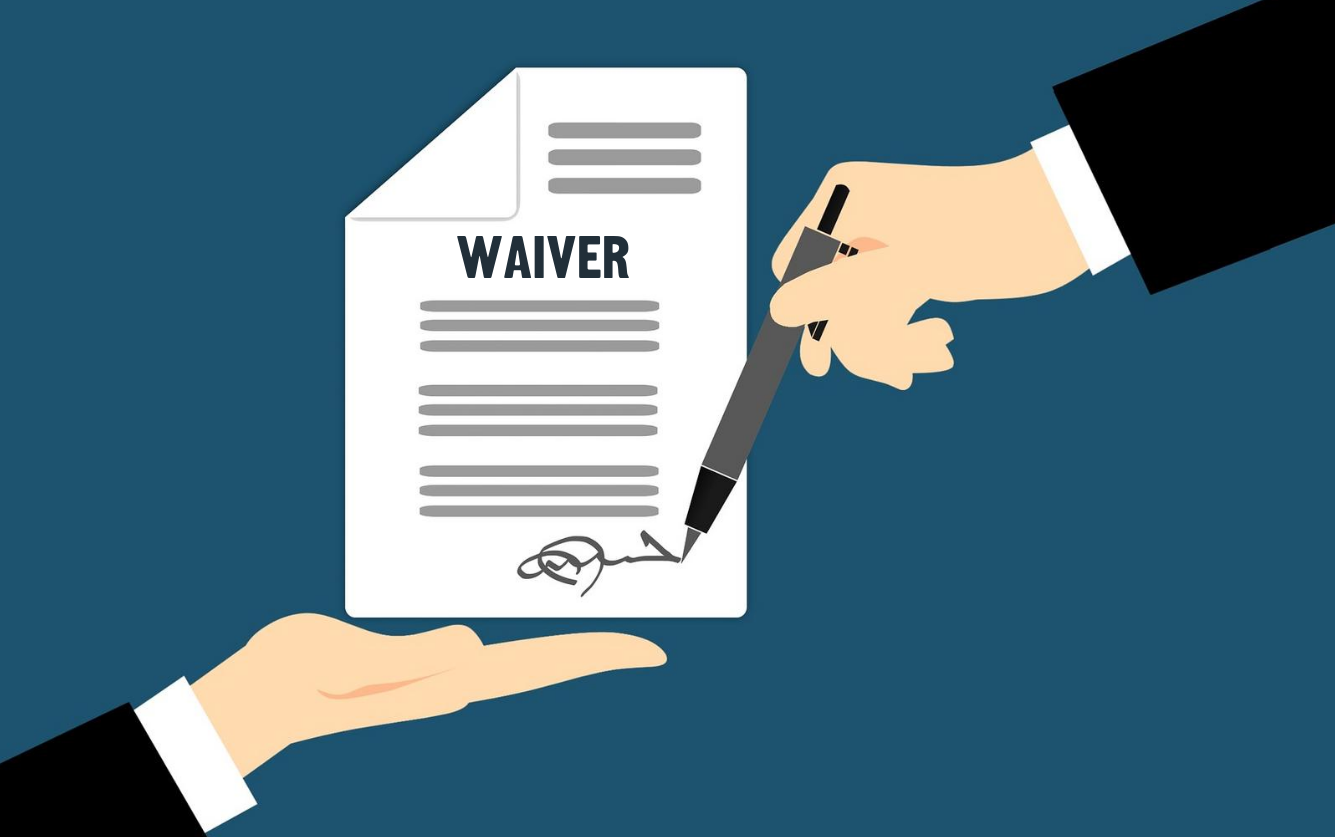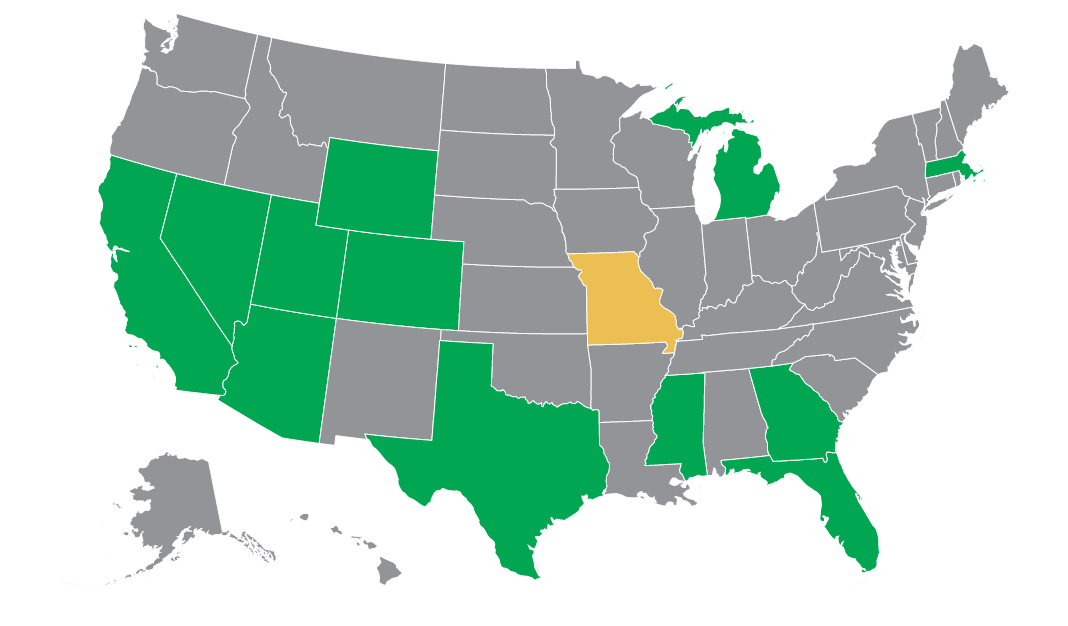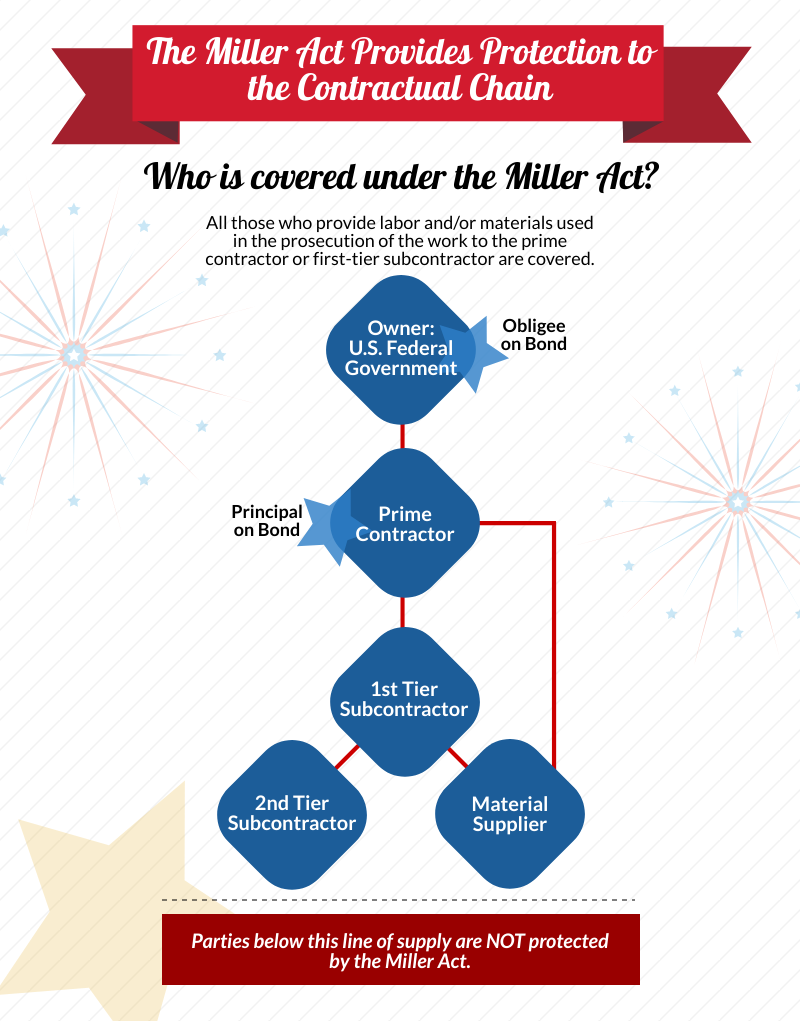
Idaho Supreme Court: Is the Sub Required to file Multiple Liens & when do Lien Rights begin for the Engineer?
In a recent appeal heard before the Idaho Supreme Court, the court was tasked with determining, among other issues, whether an engineer’s lien relates back to the first day of physical construction or the first day services were rendered, as well as whether or not a supplier had to file multiple liens for materials provided to a mixed use, two phase project.
- In this particular case, there are many parties making many different claims – here’s a breakdown of the parties we are going to focus on in today’s post:
- The Project: Summer Wind at Orchard Hills Residential Golf Course Development (“Project”)
- The Project Owner: Union Land Company (“Union”)
- The Engineer: Stanley Consulting, Inc. (“Stanley”)
- The Contractor: Extreme Line Logistics, Inc. (“ELL”)
- The Subcontractor: Hap Taylor & Sons, Inc. dba Knife River (“Knife River”)
The Backstory
According to the court opinion, the Project was a “…multi-use development made up of approximately 91 residential building lots and a golf course and involved two phases.” Union hired contractor ELL for a portion of the construction, in turn, ELL subcontracted Knife River for paving on Phase 1 of the project. A year into the project, ELL goes back to Knife River to “contract for additional work” (i.e. Phase 2).
Eventually, Knife River filed a lien on Phases 1 & 2, because ELL failed to remit payment to Knife River. Were multiple liens required? Meanwhile, in a separate contract, Union hired Stanley to provide engineering services. Unfortunately, Union did not pay Stanley therefore Stanley also filed a lien. Stanley & Knife River’s liens are overlapping, so who has priority?
First Issue: Priority – When do an engineer’s lien rights begin?
The district court determined that Stanley’s lien only related back to the date that “visible construction commenced”. Fortunately, the appeals court did not agree with that decision.
According to the appeal court’s interpretation of statute and previous case law, if an engineer files a lien, the effective date of the lien is the first day that the engineer rendered its services.
“…Idaho Code section 45-501’s plain language unambiguously indicates that an engineer has a lien on services performed off-site and before construction commences, so long as those services were authorized under the relevant contract.”
Based on the statute wording, the appeals court granted judgment in favor of Stanley, permitting the effective date of the lien to date back to the first day professional services were rendered.
Second Issue: Multiple Liens – Are multiple liens required on a two-phase project?
Knife River sought remedy under Idaho’s mechanic’s lien statute and despite the vagueness of whether or not Knife River’s contributions were to two projects or one project, the district court held that Knife River’s single lien was valid.
The appeals court wanted to provide clarification on whether or not Knife River supplied under one or two contracts
“…the first question is whether Knife River paved the roadways and golf cart paths under one continuous contract or two separate contracts.”
Unfortunately, due to ambiguity (invoices with various job numbers, contract language advising that changes should be written [some were not], the entire project being viewed as one construction etc.), the appeals court remanded the case back to the district court, with the order that the district court determine “…whether one continuous contract governed the entirety of Knife River’s paving at Sumer Wind Development…”
A Few Good Lessons
- Review statute carefully
- Review contracts carefully
- Maintain proper documentation (invoices, change notices, contract amendments)
- When in doubt, consult an attorney
The appeals court text for this case can be viewed here: Stanley Consultants v. Integrated Financial Associates










